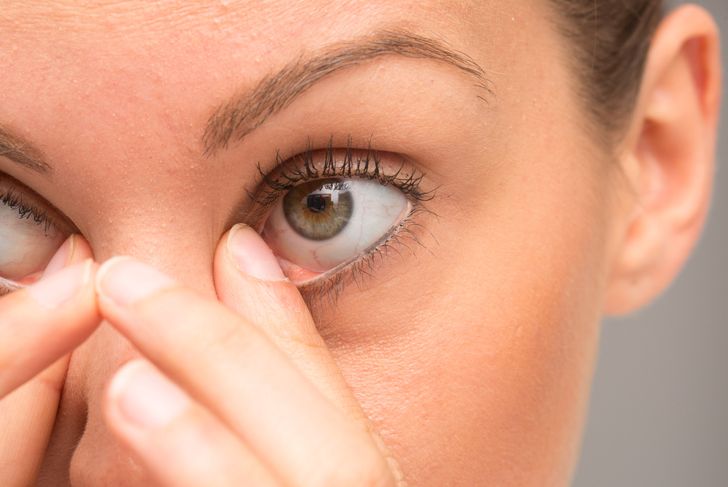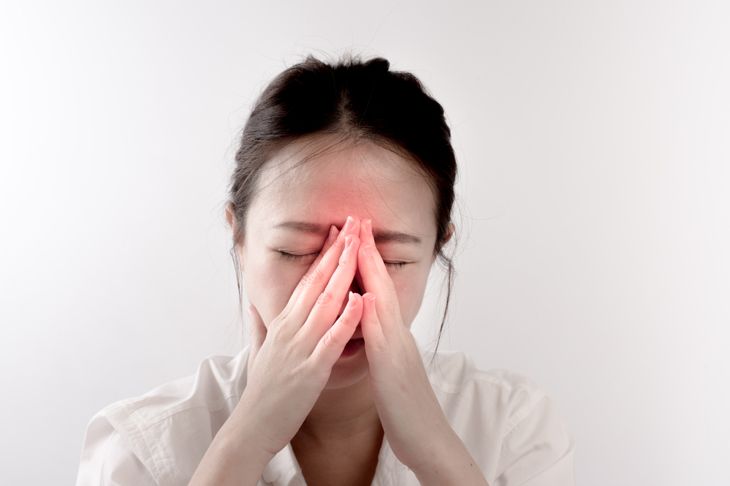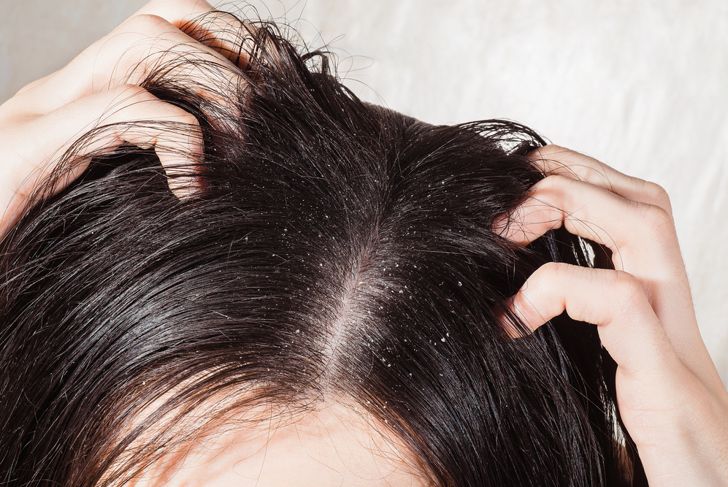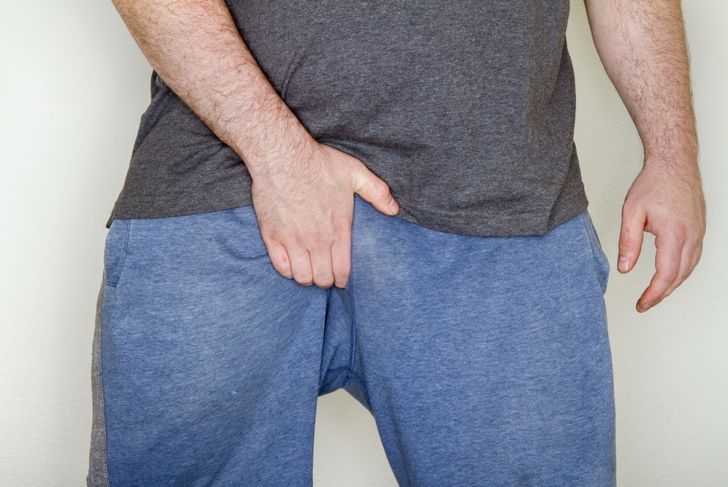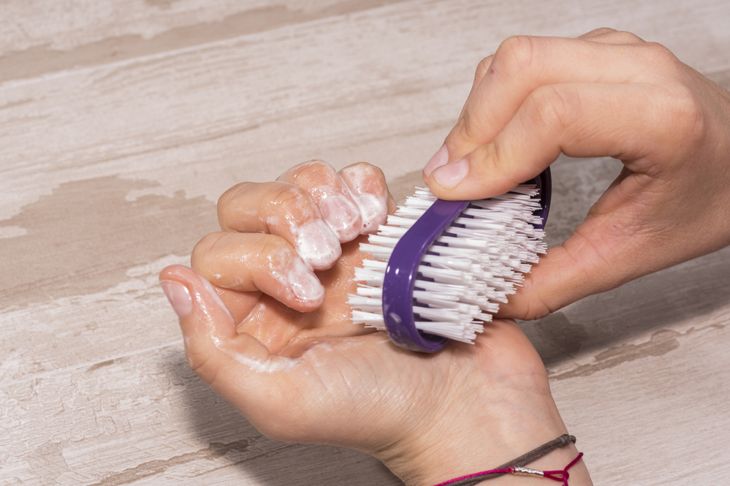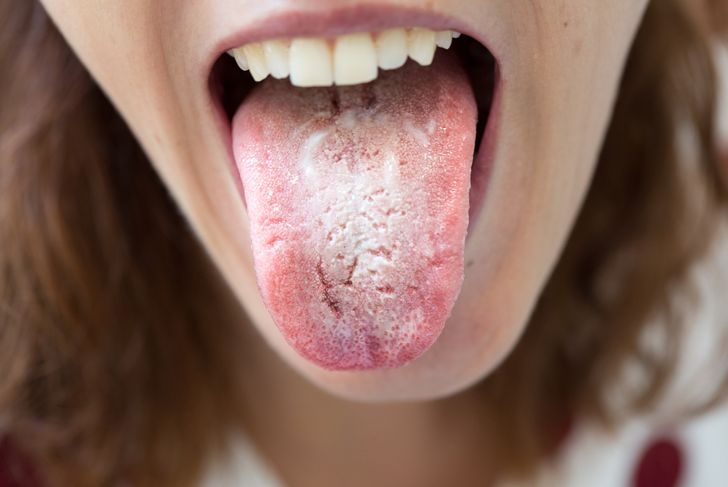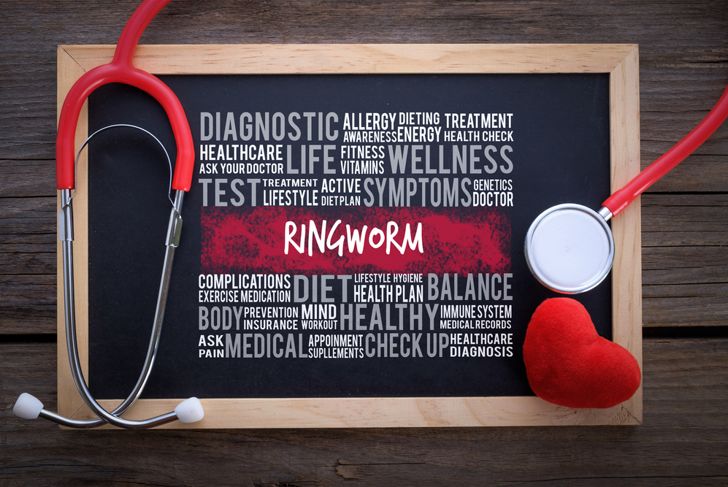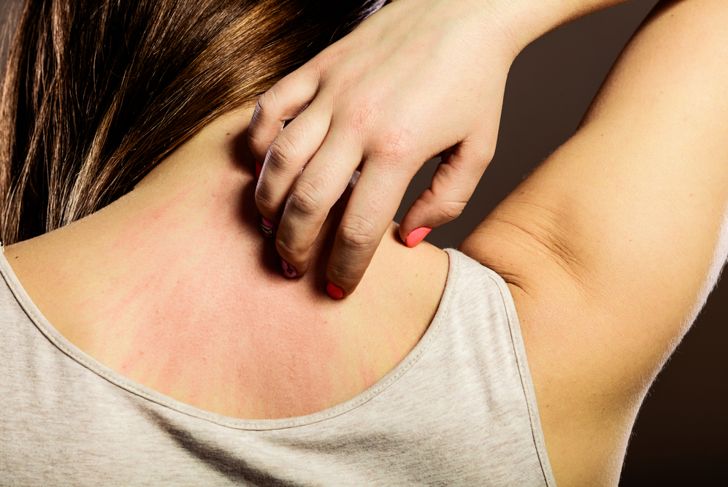Fungal infections are very common. They occur in all organisms in the natural world. In human beings, these kinds of infections happen when a fungus invades a part of the body. When the immune system is unable to handle the invasion, it results in an infection. There are different kinds of fungal infections. To be able to treat them successfully, you need to identify them first. To confirm if you have such an infection, you have to consult with a doctor or a specialist. But if you don’t know the symptoms, how will you know when to visit the doctor? In this article, we’ll give you a rundown of the most common kinds of fungal infections. Along with them, we’ll go through the most common symptoms. Being aware of these symptoms is important. They will help you identify if there’s something wrong with your body.
Athlete’s Foot
The symptoms of this fungal infection aren’t the same for everyone. However, some common symptoms in the infected area as it starting to become red and affecting the skin. The skin starts cracking and peeling. It also leads to a stinging, itchy giving burnt feeling. You may also encounter the formation of blisters or peeling of the skin. The softness of the skin and break down of the skin’s layers. If you’re diagnosed with athlete’s foot, you’ll probably need a topical anti-fungal cream. However, if the case is already severe, you would also have to take extra medications orally too. Finally, you must take care of your feet. Keep them clean and dry to help treat the infection.
Fungal Eye Infections
Symptoms of fungal eye infections can appear for days or weeks after the fungus infects the eye. Some common symptoms of this type of infection are eye redness and pain. You might get an eye discharge or too much tearing. The fungal infection also results getting the blurry vision, and it will get light sensitivity. Treatment for fungal eye infection varies. It depends on the kind of infection as well as the severity of the infection. Usually, the doctor will prescribe some anti-fungal eye drops. The doctor may also give anti-fungal medication. This can be a pill, an injection through your vein, or directly injected into your eye. In the most severe cases, doctors may resort to eye surgery.
Fungal Sinusitis
There are different kinds of fungal sinusitis, but their symptoms are quite similar. Some of the symptoms of fungal sinusitis are nasal congestion, headache or muscle ache, and a weakened sense of smell. You will also get a feeling of irritability, fatigue, and even depression. Consult with a specialist before going through any treatment. Do this so you’re sure of the infection and you know what kind of infection you have. Usually, this kind of infection requires medical treatment. The doctor may prescribe some antibiotics or corticosteroids. If severe, the treatment may also require surgery.
Fungus on the Scalp
Fungus on the scalp may only be on parts of the scalp or all over it. Some of the more common symptoms of this infection lead to bald patches with black dots. Due to fungal infection, you might notice round or scaly patches of skin all around the infected parts. Sometimes, you might also notice the itchy sensation on the scalp. The appearance of pus-filled sores is one of the symptoms of getting serious infections. If you have fungus on the scalp, there are different ways to treat it. Your doctor may prescribe oral medication. You’d have to take this medication for a few weeks to treat the infection. Aside from oral medication, you may also have to use a medicated shampoo. This will help slow down or even stop the infection from spreading.
Jock Itch
This is a common type of fungal infection much like an athlete’s foot. But the difference is it appears in different parts of the body. Common symptoms of jock itch are redness in the buttocks, thighs, or groin, itching, burning, irritation, or chafing on private body parts. It also leads to flaking, dryness, peeling or cracking of the skin. To treat jock itch, you’d have to use topical anti-fungal cream or ointment. You also have to keep the infected area very clean and dry. There are many over-the-counter medications available for this condition. But in some cases, you would need a prescription. Finally, you have to wear loose-fitting clothes. This minimizes contact with the infected area.
Nail Fungus
You may find it hard to believe, but your nails can also succumb to fungal infections. You might notice that your nails are getting thick and brittle. They become ragged and crumbly giving off a foul smell. Also, you might notice a change in nail color, usually dark or yellowish. Acquiring this sort of infection is costly and tedious. You’d have to take anti-fungal medications orally. You may also have to use topical cream and ointments. There are a lot of over-the-counter medications available. However, they might not be too effective. It takes months before an infected nail heals fully so you’ll need patience.
Oral Thrush
Oral thrush can be very painful and inconvenient. This fungal infection affects the mouth and comes with some distinct symptoms. The common symptoms are painful and bleeding gums. You might notice raised sores in the tongue, mouth, or throat. Also, it will lead to lesions or patches that become painful and raw. With all these, you will face difficulty in eating and swallowing. Treatment for this kind of infection depends on a person’s age and health. For healthy children or adults, a doctor will prescribe some anti-fungal medication. These can be in the form of tablets or liquid. For babies or nursing mothers, the doctor may give a mild form of anti-fungal medication. The doctor may also prescribe an anti-fungal cream for the breasts.
Ringworm
Ringworm is quite easy to identify because of its distinct shape. This fungal infection is dangerous. This is because a person can pass it on to another through skin contact. In this type of infection, you get an itchy, scaly red patch with ring-shaped bumps. These bumps are clear with the scaly interior. Doctors will recommend treatment for ringworm depending on how severe it is. Usually, over-the-counter medications are enough to treat ringworm. But if it occurs on the scalp or it’s already severe, you will need a prescription. It’s also important to keep the infected area clean and dry at all times.
Skin Fungus
Since this kind of infection occurs on the skin, it can appear virtually anywhere. This usually starts as spots on your skin. The spots differ from your natural skin color. In this type of infection, it gets dry and scaly. You will notice that it grows at a slow pace depending on the temperature. There are a few ways to treat this kind of fungal infection. You can apply anti-fungal medicine to the infected area. You can also use medicated cleansers to treat the infection. Use this kind of cleanser at least once or twice in a month. Finally, you can take anti-fungal pills. But first, you need a prescription from a dermatologist.
Vaginal Thrush
Finally, there’s vaginal thrush or vaginal yeast infection. This only occurs with women and can be quite unpleasant. This infection causes swelling and itching in or around the vagina. You might face a burning sensation during intercourse or urination. With this type of soreness or redness around the vagina, you might get an abnormal vaginal discharge. Just like most fungal infections, treatment depends on the severity of the condition. Usually, a doctor would give you prescription tablets, creams, or suppositories. You can buy these at your local drugstore. If your infection is already severe, you may need more complicated forms of treatment. Aside from medication, practice proper hygiene to treat fungal infections in the vagina.

 Home
Home Health
Health Diet & Nutrition
Diet & Nutrition Living Well
Living Well More
More
